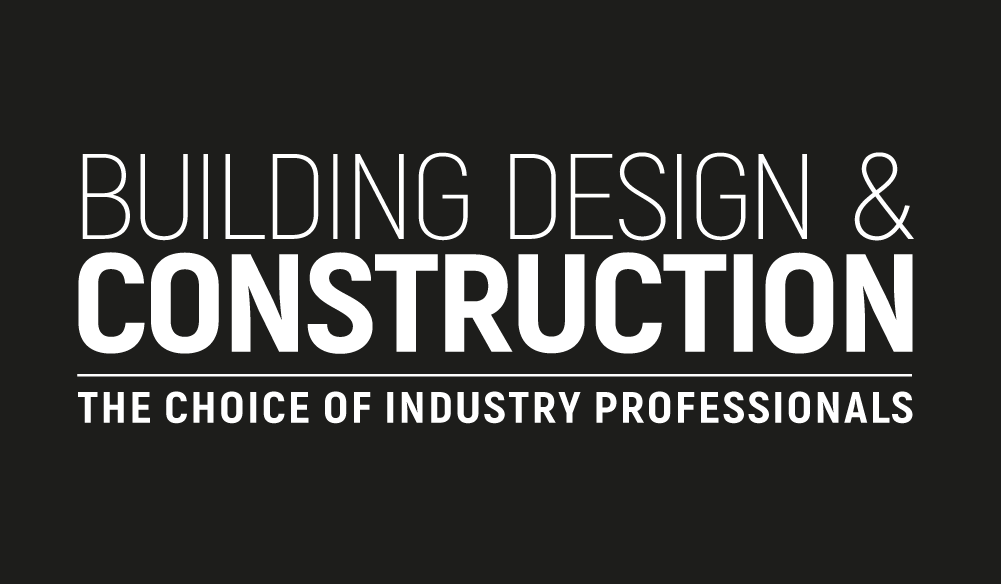In today’s fast-paced construction industry, project leaders face a complex landscape marked by rising material costs, stricter environmental regulations, and growing sustainability demands. Harry Simpson is a seasoned project leader with extensive experience managing high-profile projects and pioneering innovative fire safety and remediation strategies. His work on award-winning initiatives has made him a respected voice on the challenges and advancements shaping modern construction. In this interview, Harry shares his insights into adapting to industry pressures, leveraging digital tools for transparency, and exploring the future of facade engineering. The construction market is currently facing a number of challenges, including rising material costs and tightening environmental standards. How are you adapting to these conditions, and which industry trends do you see as most critical for the successful delivery of projects? Clearly, these challenges are affecting how we deliver projects. We now prioritise early engagement with the supply chain to balance performance, aesthetics, and budget. For instance, we collaborated with the subcontractor’s curtain wall manufacturer to examine aluminium options, ultimately choosing a system that contained 75% recycled aluminium. This decision significantly reduced the facade’s embodied carbon and aligned with the government’s net zero targets. Looking ahead, two trends are becoming critical: prefabrication and modular facade systems for faster, higher-quality construction, and stricter tracking of embodied carbon, especially in facade materials. Staying agile and technically innovative is essential, and we are actively pursuing these approaches. In light of these pressures, which project management practices do you find to be the most effective? A proactive approach is crucial. We should identify risks early during procurement and have a plan to deal with them as they arise. It is also helpful to negotiate with the supply chain early on, to secure prices, and to fix lead times in order to mitigate external factors such as rising raw material costs. Moreover, strong change control management is essential, including tracking costs and maintaining clear communication for evaluating and approving contract variations with all relevant parties. I understand that at Lendlease, you introduced processes that have since become a company-wide standard. Could you share how you persuaded the organisation to adopt a new approach to assessing design consultants’ competencies? It wasn’t about persuading the organisation, rather, creating something genuinely useful for the team, which led to its wider adoption. I am referring to our responsibilities under the Building Safety Act 2022. In response to that, I have developed a competency questionnaire for all new Principal Designer appointments. The questionnaire helps assess how companies or individuals ensure compliance with regulations and provide the necessary information to the principal contractor for managing health and safety during construction. It also allows them to present practical evidence of how they eliminate hazards and control risks during the design phase. Using this approach ensures that the partners we select for our projects are qualified. You’ve led both new-build developments and the refurbishment of existing faсades. What are the key differences in management approaches between these two types of projects? A lean approach is generally best suited to new-build projects, focusing on efficiency through effective planning. These projects involve multiple trades, each following its own schedule to meet key milestones. In contrast, facade remediation works—especially those related to fire safety—require an agile approach to project management. This is due to the potential for scope changes as inspections and uncovering progress. Continuous collaboration between the fire engineer, designers, and contractors is essential to ensure that any new scope is thoroughly evaluated for fire safety risks. Which facade project has been the most challenging for you personally, and what made it so? Probably the most challenging project I’ve worked on was the New American Embassy in London, because of the scope and logistics involved in getting materials from the US to a highly secure and restrictive building site in London. One of the major on-site challenges was planning the installation of 20+ foot column cladding, which required a complex lifting strategy using mobile spider cranes and specialist lifting devices. Additionally, we encountered significant issues with slab deflection on the ground floor, which led to the development of an innovative preloading system using calibrated weights. With this solution, we were able to adjust the façade’s preset positions precisely, helping us avoid substantial programme delays. In one of your columns, you mention that without reliable and transparent EPD declarations, reducing embodied carbon becomes something of a mystery. In your view, what are the main barriers to achieving full data transparency across the construction supply chain, and how can project leaders influence this in practice? The inconsistency in the way that data is collected, reported, and verified across different manufacturers is one of the biggest barriers to full data transparency, especially around EPDs (Environmental Product Declarations). In the facade industry we work with a wide range of materials—aluminum, glass, insulation, and sealants—often sourced internationally. Many suppliers either lack EPDs or provide ones that are not third-party verified or aligned with current standards, making it difficult to compare products consistently. As project leaders, we can promote transparency by integrating EPD requirements and low-carbon options into procurement processes at the tender stage. Additionally, we can engage with suppliers to encourage life cycle analysis and certification. Finally, digital tools and databases, such as One Click LCA or EC3, allow us to benchmark and track carbon data across design iterations. This makes informed decisions clear and measurable. What role do you see for digital technologies—such as BIM or carbon-tracking platforms—in improving transparency and reducing carbon emissions throughout the construction process? BIM has played a massive part in revolutionising the way we look at projects digitally. Over the past several years, I’ve personally seen significant improvements in the user interface and adoption. This has, historically, been a challenge due to the vast amount of information involved and the complexity of managing changes to ensure that the most up-to-date project data is presented. Construction projects are inherently dynamic, with designs evolving throughout, making strict supervision by a dedicated controller essential. For BIM to be effective





